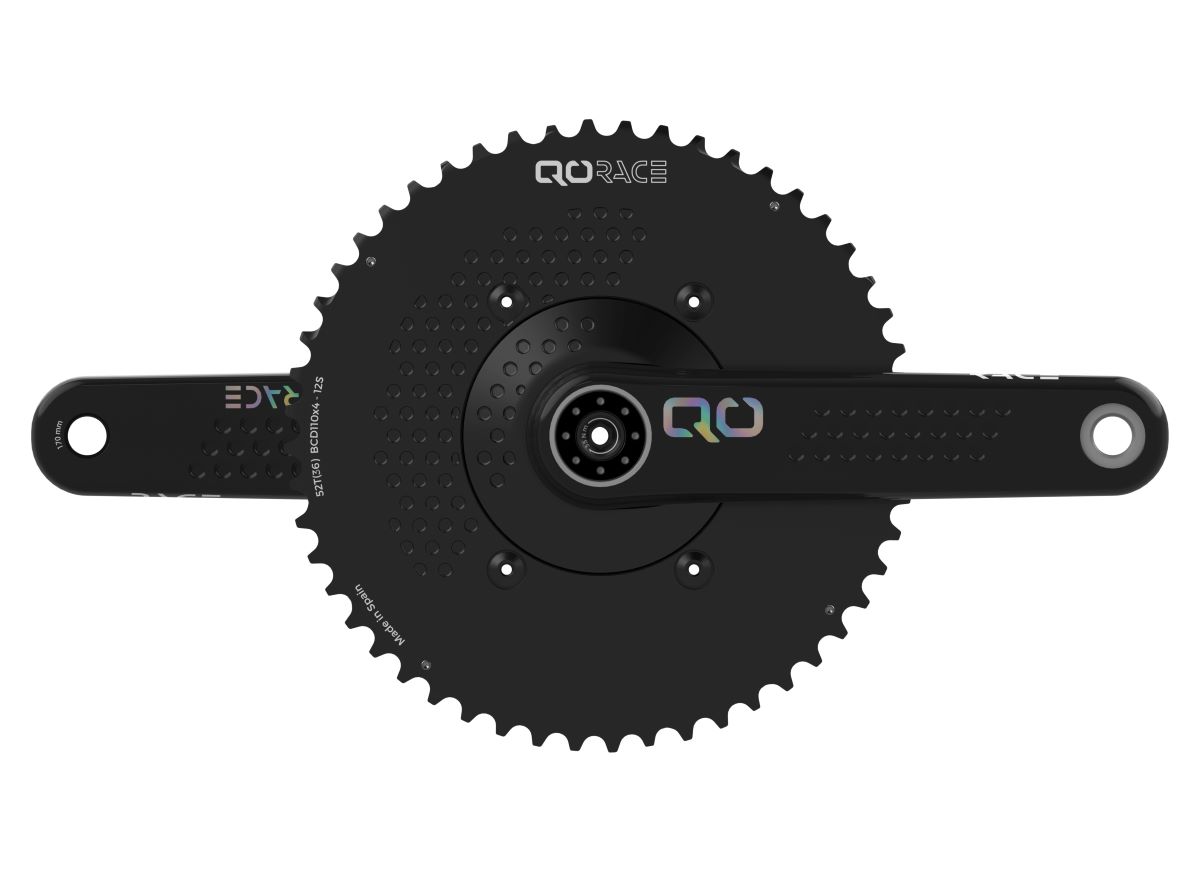
Crank Length: How to Choose the Right One for Your Bike (road, mtb, gravel bikes)
Crank Length: How to Choose the Right One for Your Bike (road, mtb, gravel bikes)
Crank length is one of the most debated and, at the same time, least understood parameters in the world of cycling. Often considered a minor detail, choosing the correct size can significantly influence a cyclist's biomechanics, comfort, and performance. This article explores the key factors to consider when choosing the crank length that's right for you, debunking some common myths.
Why Is Crank Length So Important?
Crank length determines the radius of your foot's rotation. A longer crank increases the leverage, allowing you to generate more torque (force) with less effort, which can be an advantage on climbs. Conversely, a shorter crank reduces the leverage, requiring more force but allowing you to maintain a higher and smoother pedaling cadence.
The consequences of a wrong choice can be many:
Joint Pain: Cranks that are too long can cause excessive flexion of the hip and knee, leading to discomfort or pain.
Reduced Efficiency: Cranks that don't suit your anatomy can compromise your ideal push point, reducing pedaling efficiency.
Fit Issues: Long cranks may require a lower saddle, which can compromise the optimal height and overall biomechanics.
Factors to Consider When Choosing
Crank length doesn't just depend on a cyclist's height but on a complex set of factors.
1. Femur and Inseam Length
This is the most important factor. A cyclist with longer femurs will generally benefit from longer cranks, while someone with shorter femurs will be more comfortable with shorter cranks. A rough but useful starting point is to calculate 20-21% of your inseam length (the measurement from your groin to the floor).
2. Riding Style and Discipline
Your choice may vary depending on how and where you ride:
Road: Road cyclists, especially those who prefer high cadences, tend to favor cranks between 170 mm and 172.5 mm. Shorter cranks are useful for a more aerodynamic position, as they reduce hip flexion.
Mountain Bike: In MTB, shorter cranks (165-170 mm) are often used to increase ground clearance, reducing the risk of hitting obstacles like rocks and roots.
Time Trial/Triathlon: For an aggressive aerodynamic position, shorter cranks are the norm (often under 170 mm), as they allow you to lower your torso without limiting hip flexibility.
3. Personal Flexibility
A cyclist with poor hip flexibility might find long cranks particularly uncomfortable, as maximum knee extension and hip flexion can cause discomfort. In this case, switching to shorter cranks can relieve pressure and improve comfort.
Common Lengths and Their Impact on the Rider
Standard crank lengths generally range from 165 mm to 175 mm, with 2.5 mm increments. Each size has a specific impact on pedaling:
165 mm Cranks: Offer maximum ground clearance and favor high cadences. However, they require more force to generate torque and are ideal for riders with a short inseam, for time trial/triathlon disciplines, and for mountain bikes, where reduced hip flexion is an advantage for an aerodynamic position.
170 mm Cranks: Represent the ideal compromise between torque and cadence and are the most common choice for most road cyclists. They have no obvious disadvantages and are a great starting point for anyone.
172.5 mm Cranks: Provide more leverage, which is beneficial for those who need to push harder gears or ride uphill frequently. However, they slightly reduce cadence and increase hip flexion. They are ideal for taller and more powerful cyclists.
175 mm and Longer Cranks: Offer maximum leverage, which is great for very tall and strong cyclists. The main disadvantage is that they make it difficult to maintain high cadences and cause more pronounced hip flexion, making them less versatile.
How to Make the Final Decision
Choosing the ideal crank length isn't always straightforward. If you're in doubt, the best advice is to consult an expert bike fitter or a professional bike fitting service. Through a dynamic analysis of your pedal stroke, they can measure your flexibility, riding style, and physical needs, and recommend the perfect size.
In the absence of a bike fit, a good approach is to start with a standard length (170 mm or 172.5 mm for most cyclists) and, if you experience pain or notice an unnatural cadence, consider trying a different size.
Remember that even small variations (like 2.5 mm) can make a big difference. The right crank not only improves your performance but also ensures a more comfortable and safer riding experience in the long run.
